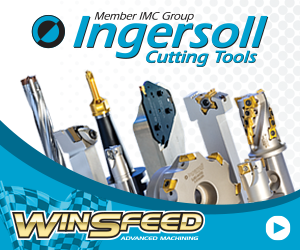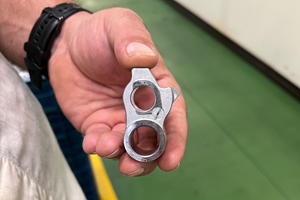Inserts Withstand Heavy, High-Feed Cuts
Swapping standard button inserts for a new grade from Ingersoll helped this manufacturer of downhole oil-drilling equipment double throughput on a troublesome arbor milling job in hardened steel.
Share




|
|
Before |
After |
|
Effective Cutter Diameter (in.) |
16 |
16 |
|
Effective Inserts (#) |
18 |
18 |
|
Edges per Insert |
8 |
8 |
|
Surface Speed (sfpm) |
830 |
500 |
|
(rpm) |
197 |
119 |
|
Feed (ipm) |
15.3 |
19.3 |
|
(per insert, inches) |
0.004 |
0.009 |
|
(per revolution, inches) |
0.077 |
0.162 |
|
Total Cut Time (hr) |
6.8 |
3.08 |
|
Tool Life Index |
1.00 |
1.88 |
|
Length of Cut (In.) |
5164 |
3579 |
|
Direction of Cut |
Conventional |
Conv’l & Climb |
Related Content
Shoulder Milling Cuts Racing Part's Cycle Time By Over 50%
Pairing a shoulder mill with a five-axis machine has cut costs and cycle times for one of TTI Machine’s parts, enabling it to support a niche racing community.
Read MoreHigh-Feed Machining Dominates Cutting Tool Event
At its New Product Rollout, Ingersoll showcased a number of options for high-feed machining, demonstrating the strategy’s growing footprint in the industry.
Read MoreIndexable Drill Heads Double Profitability
Moving to a robust line of indexable drills enabled this shop to dramatically alter the manufacturing process for a problem part, doubling its profitability.
Read MoreCustom PCD Tools Extend Shop’s Tool Life Upward of Ten Times
Adopting PCD tooling has extended FT Precision’s tool life from days to months — and the test drill is still going strong.
Read MoreRead Next
2025 Top Shops Benchmarking Survey Now Open Through April 30
Modern Machine Shop's Top Shops Benchmarking Survey is now open, offering metalworking and machining operations actionable feedback across several shopfloor and business metrics.
Read MoreShop Tour Video: You've Never Seen a Manufacturing Facility Like This
In the latest installment of our “View From My Shop” series, explore Marathon Precision’s multi-process approach to manufacturing, where blacksmiths and hand-forged dies meet state-of-the-art CNC machining. Discover how restoring classic muscle cars and building custom art projects creates a dynamic shop culture — and draws top talent to this unique and innovative metalworking facility.
Read MoreSetting Up the Building Blocks for a Digital Factory
Woodward Inc. spent over a year developing an API to connect machines to its digital factory. Caron Engineering’s MiConnect has cut most of this process while also granting the shop greater access to machine information.
Read More
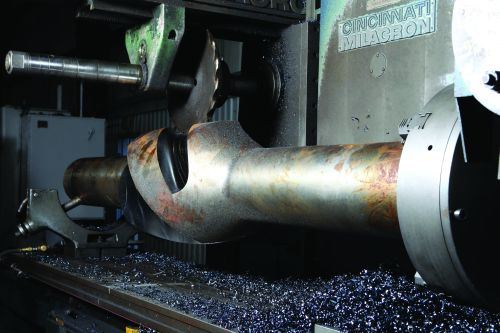
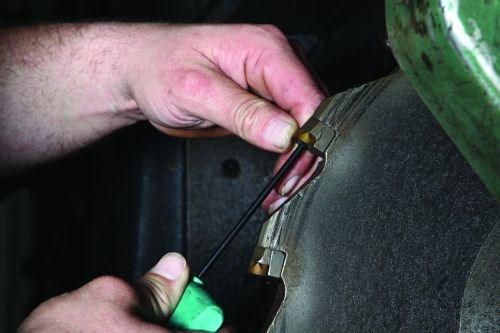
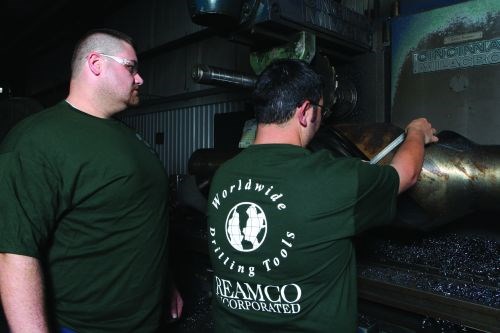














.png;maxWidth=300;quality=90)




_Network-Zone_TAP-300x250-Final.jpg;maxWidth=300;quality=90)

